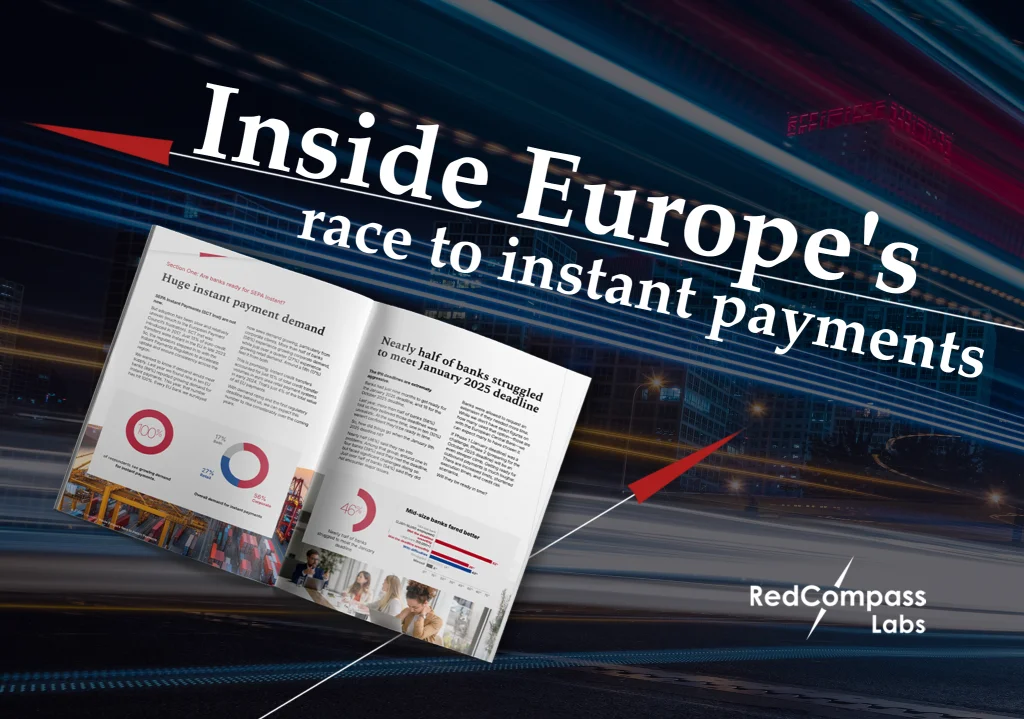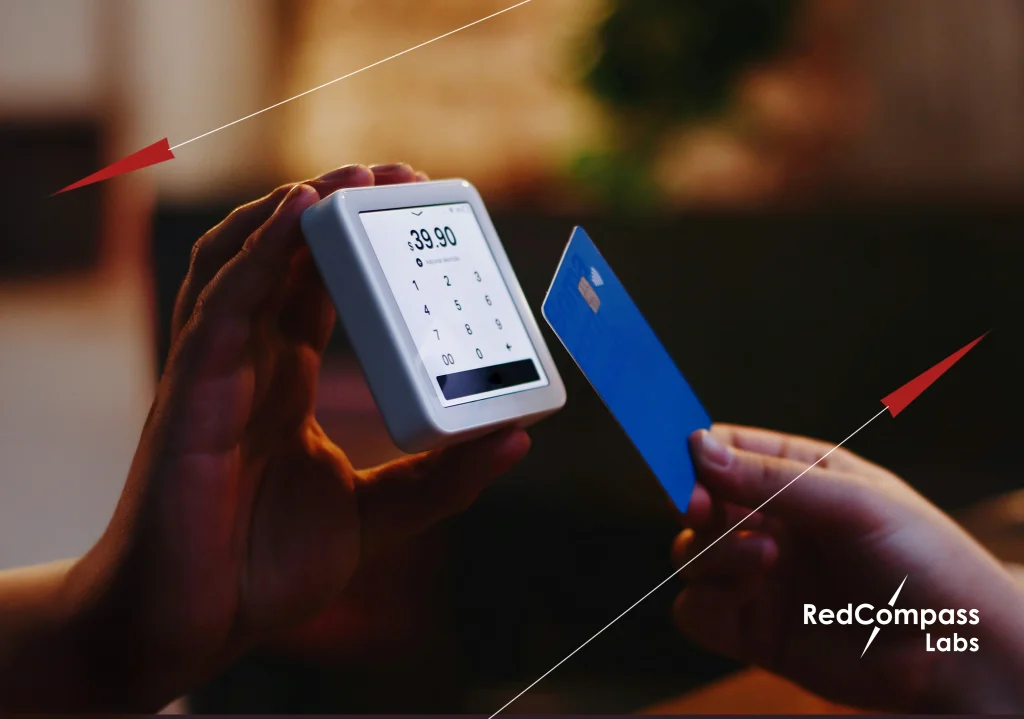Key takeaways:
-
Incorrect BIC or legal entity registration causes failed VoP checks when banks in Europe go live with instant payments.
-
Poor data quality and illegal characters in payee names block instant payment flows in Europe’s new scheme.
-
Lack of clear customer communication undermines trust in Europe’s instant payments rollout and slows VoP adoption.
And here we are. After 18 months of work, the European Instant Payments Regulation (IPR) is finally live. It’s a major milestone for European payments.
Every bank in Europe must now be able to send and receive SEPA (Single European Payments Area) instant payments within ten seconds or less, 24 hours a day, 365 days a year.
But that’s not all. They must also perform a Verification of Payee (VoP) check within five seconds — and that applies to both SEPA instant payments and standard SEPA credit transfers.
Simple, right? Not quite. VoP forms part of the Instant Payments Regulation — but, rather confusingly, it went live first.
According to the VoP rulebook, all banks had to go live on October 5, 2025. The IPR itself didn’t take effect until October 9.
That four-day gap has caused a few issues. And as you’d expect, they need straightening out.
So if your VoP go-live isn’t running smoothly, don’t worry. You’re not alone.
We’ve outlined four of the most common issues below (and how to fix them).
Issue 1: BIC Registration (8 vs 11)
The first issue identified relates to BIC (Bank Identifier Code) registration. The VoP scheme requires banks to register using an 11-character BIC, but some have only registered the 8-character BIC in the EPC Directory (EDS).
For example:
- BANKDTTD = 8-character BIC (the bank identifier)
- BANKDTTDXXX = 11-character BIC (includes the branch code
If your request contains a BIC11 but the directory only has BIC8, they won’t match, which will cause VoP requests to fail.
Action: Banks must check their EDS (European Payments Council Directory Service) and ensure BIC11 is configured.
Issue 2: Legal Entity Registration
The next issue concerns legal vs non-legal entities.
Let’s say you’re a global bank called TaySwift. TaySwift (Switzerland) is your parent entity, while TaySwift (Spain) is a branch. Now, the EPC (European Payments Council) won’t let your Spanish branch submit its own adherence form because it’s not a separate legal entity.
This means the Swiss BIC must be registered in the EDS, even though Spain processes SEPA transactions. But here’s the kicker: Switzerland is outside the EU, which creates complications.
When one of your Spain-based customers initiates a VoP request, the logical BIC to use would be your Spain BIC—since that’s where the account resides. However, EPC wants banks to use the Swiss BIC because that’s the registered legal entity.
As a result, non-legal entities (like Spain) can’t register their own BICs, and any requests using their local BIC will fail.
Action: If you’re a branch or non-legal entity, use and register the legal entity’s BIC for all VoP messages, regardless of where the account is held.
Also, ensure that the account-holding BIC is correctly included as part of your EDS onboarding. This helps the EPC directory correctly link the banks participating in VoP to the right account details, which helps to identify routing and reduce errors when running verification checks.
Issue 3: Customer Communication
The next major challenge is customer communication.
Imagine a customer wants to send money but isn’t sure whether their bank—or the beneficiary’s bank—has gone live with VoP. If the beneficiary bank isn’t ready, the VoP check will fail.
From the customer’s point of view, that’s confusing: “I sent money to this person last week. Why is the system now telling me the beneficiary can’t be verified?”
The payment itself is still legal, but the failed verification creates uncertainty. Customers don’t know whether to proceed or stop.
This is especially problematic if one major bank (e.g. CharXCX) is ready but another (e.g. TaySwift) isn’t. Transactions to CharXCX succeed, while those to TaySwift fail.
Action: Banks must clearly inform customers:
- Which institutions are live with VoP
- What it means if a VoP check isn’t possible
- That payments can still be sent legally, even if verification isn’t yet supported
Without clear communication, customer trust and cash flow will both suffer.
Issue 4: Data Quality — Illegal Characters in Names
Another issue is illegal characters in customer names.
If a customer’s registered name contains characters not allowed by the scheme—such as semicolons, commas, or quotation marks—it will affect name matching during VoP checks.
For example:
- A name entered as John “Doe” includes quotation marks, which are illegal under the scheme’s character rules.
The EPC specifies which characters are permitted and which are not. If a name includes prohibited characters, the system will reject the verification request.
Action: Front-office teams should proactively contact customers to correct account names containing illegal characters. Cleaning up these records improves match rates and ensures smoother (“happy flow”) VoP processing.
The takeaway?
October 2025 is just the start. To unlock the real value of these new regulations, the work continues well into 2026.
If you’re curious about any of these problems, need help with Verification of Payee go-live or instant payments, we’re on hand to help.
Editor’s note: These insights are based on our experience working with banks on Verification of Payee. If you have a different take, let us know by contacting us at [email protected].
Share this post
Written by

Santhosh Kumar
Senior Business Analyst, RedCompass Labs
Resources






